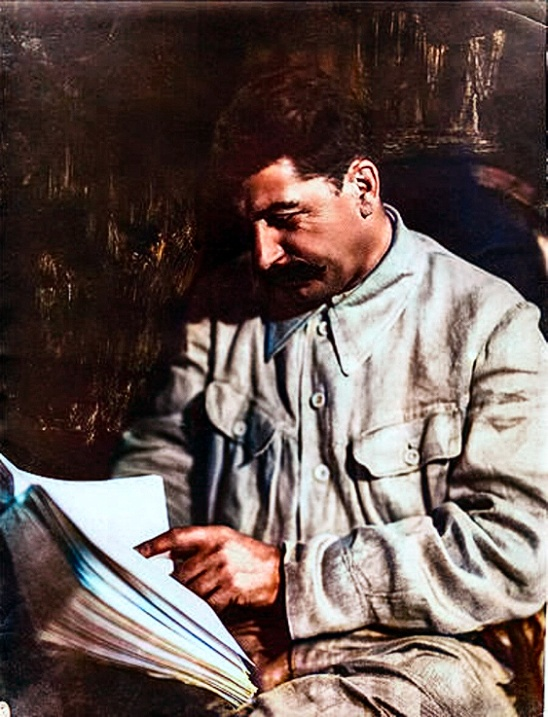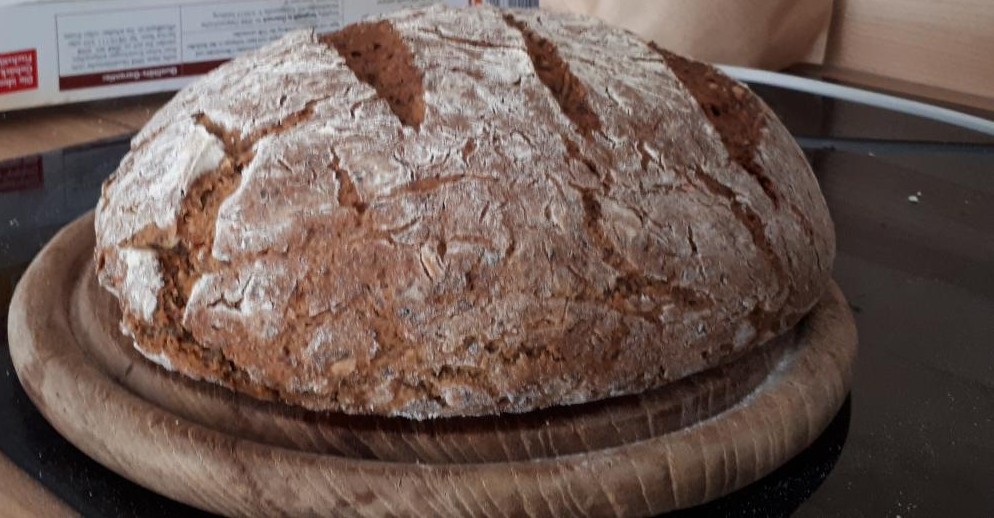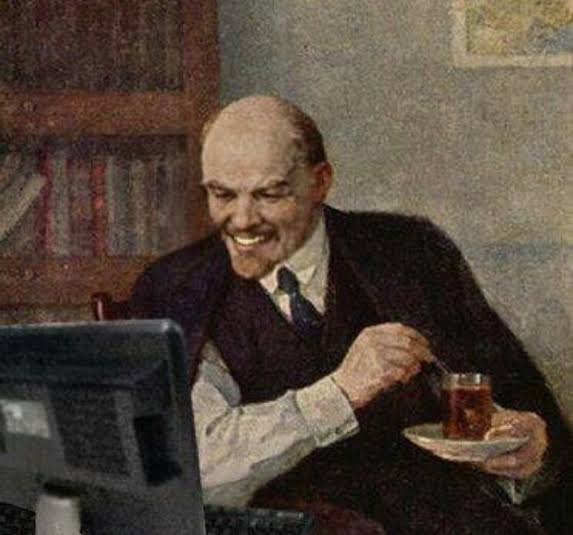

“I am, somehow, less interested in the weight and convolutions of Einstein’s brain than in the near certainty that people of equal talent have lived and died in cotton fields and sweatshops.”
I am the crab that pinches your butt, Dirt Owl
Карлионне
Edit: to libs wondering around, yes, I’m a hexbear user, but one with a bit of liberal courtesy if we must interact yet…
Tovarshi/Tongzhimen


“I am, somehow, less interested in the weight and convolutions of Einstein’s brain than in the near certainty that people of equal talent have lived and died in cotton fields and sweatshops.”


This must be AI  shit or somethin’…
shit or somethin’…


A potato, a father potato, a father father potato of potato
A father father potato of father potatoes


Has anyone else on yer family tried to deal with the other kkkrakkkas side of the family?


Call @aaaaaaadjsf@hexbear.net for such help. He’s south african


“leftist”
Oh so he’s a leftist 
Name every national liberation movement, actually-existing socialism, and progressive cultural policies he supported?


Just more chauvinism, but I’m wanting too much for burgereich workers to have solidarity with international workers.
Yer not wanting too much… you just feel what abolitionists feel when the Missouri Compromise was made

How would you describe the Druze people, in your experience?


That food looks bussin’
You’ve came a long way from cooking… keep it up!


“Bibitler”
Bitler 
Has as much rhyme as
Putler


Y’all ever notice how when you ideologically begin to break away, when you draw out a line in the sand between your beliefs and what a cracker wants to impose on you, that very same moment, you suddenly have no agency of your own; some nefarious other must be paying for your viewpoint; some enemy to the cracker must be using you as a puppet?
It’s a license for Global North and comprador well-off liberals to rationalize their way of living and resulting smug bourgeois ideology against other people dissenting against them, lest the risk of empathizing with them…
Because if they truly understand how much of a little Eichmann they are, for parrotting the ideology of, if not materially supporting the current neoliberal stage of capitalism, neo-imperialism, and cultural reaction, they would more likely despair away in doomerism and fascism, than lay any hope in socialism.
After all,

What do you think is the main political trends in alignment of Druze and Sunnis, in terms of foreign policy?
I mean, as much as they be reluctant, Christians and Shias are much thankful to Syria and Iran, it seems?


the comparison is unfair… even Carter had more brain at his early 80s than him currently


Right, no one else’s got the courage to  out of mercy?
out of mercy?
Welp, tis the way of life… 


Sorry  but the treats won’t flow
but the treats won’t flow 


Sorry, I don’t speak nederlandse


“Washington D.C is making my master’s slaves revolt!” - soy cuck PMC who definitely aren’t getting owned 


What?
Oh
Phew 😅 I thought someone doxxed me but nope
Reading’s going fine, but I’m just going to talk about a tangential subject on interest, that I should dealt with understanding, chapters ago
spoiler
I’m just trying sense of the principal sum, or 100%, when financial capitalists initially loan to industrial ones
When the loan is used by the industrial capitalist to buy his constant capital, and used to help produce commodities, along with the labor he bought of his own personal fund,
say the constant capital (holder of old variable labor) and labor (surplus value + variable capital) = 140% of the original
Now, when bankers returns to ask for their principle plus interest, let’s say 5%,
140% = commodity value =
100% constant capital, the part needed to be paid to the lender
20% variable capital
15% surplus, due to 5% interest
5% interest, to be paid to the lender
And although their principal and interest is to be paid, the industrial capitalist still owns capital of 120, that can be exchanged for cash and reinvested again, and actually has an increase in net capital by 15?
Doesn’t the constant capital depreciate as it transfers its value to the commodities? Wouldn’t he just be exchanging 120 for 15?
Am I understanding this right, just to clarify? Or am I wrong? I’m confused…